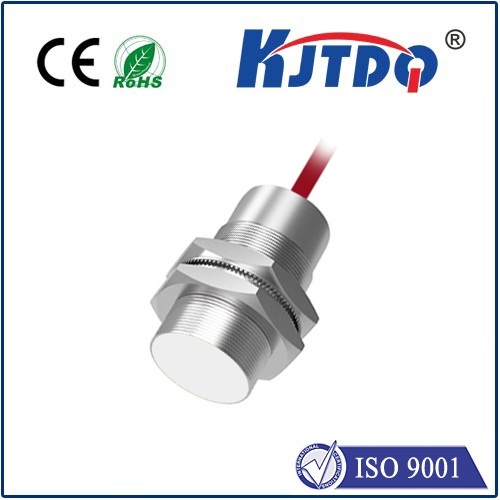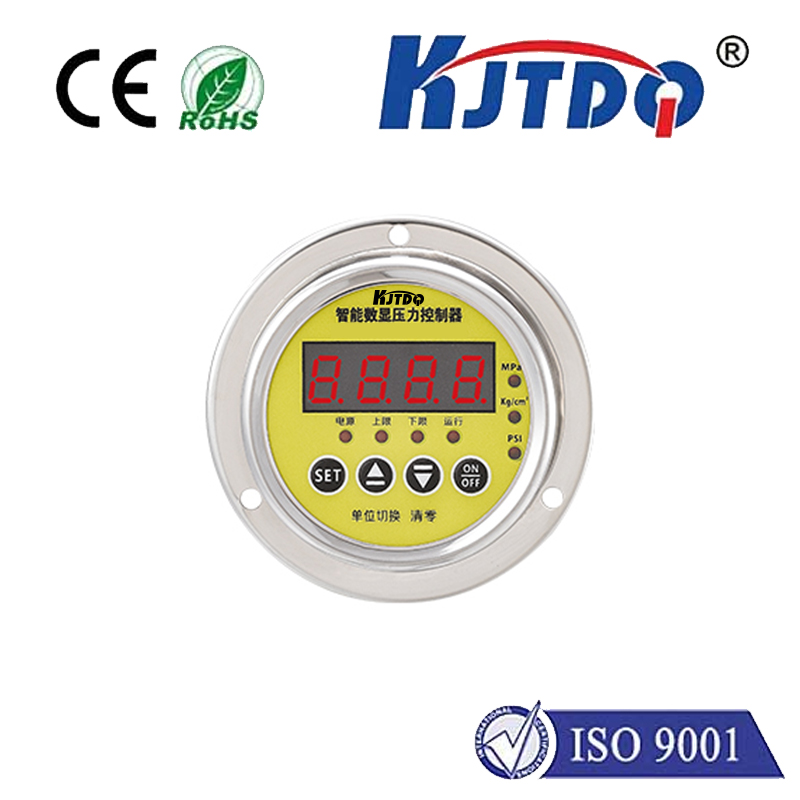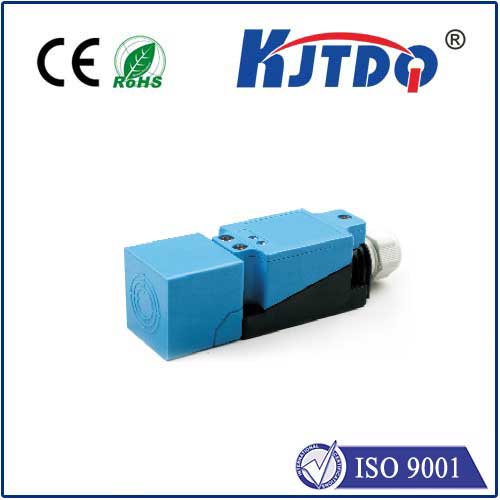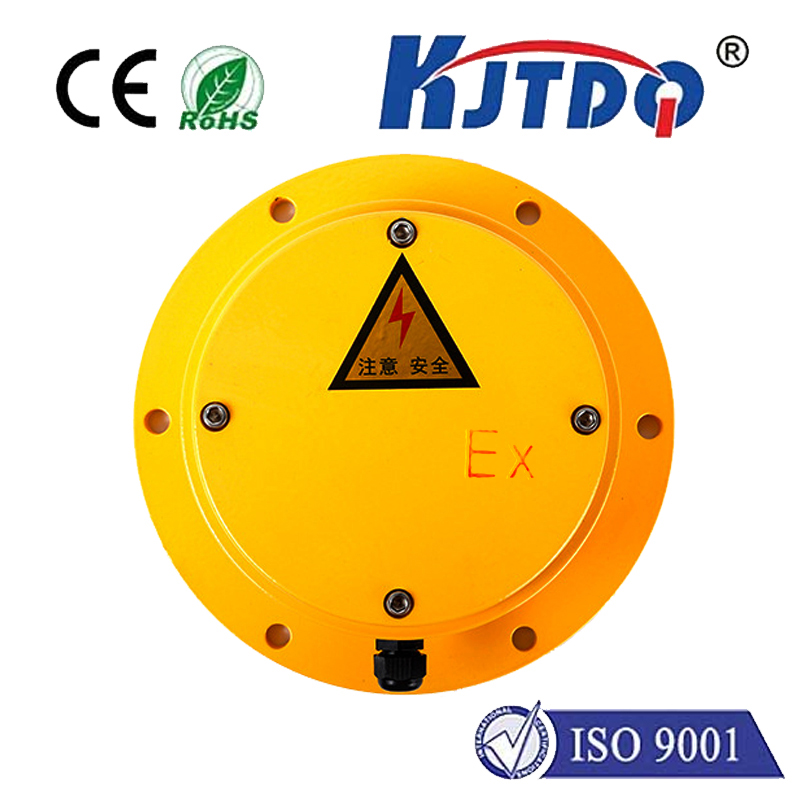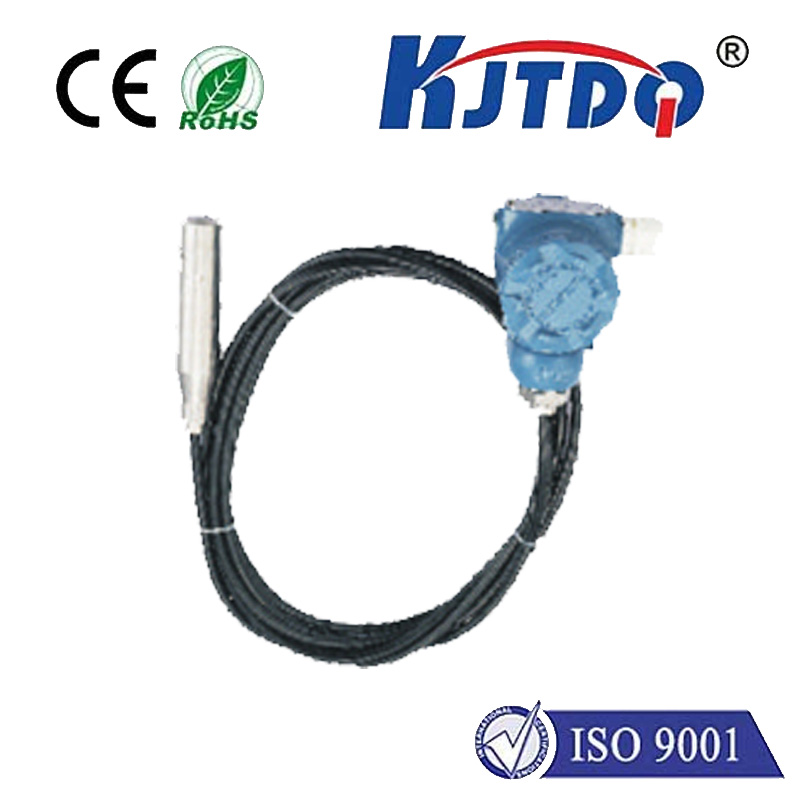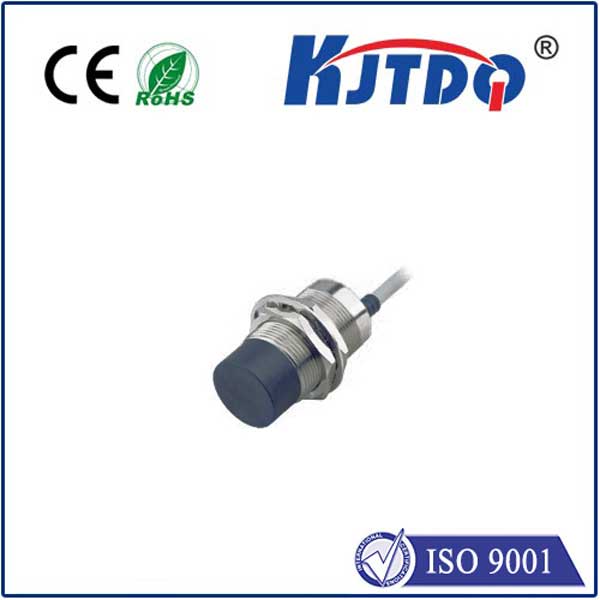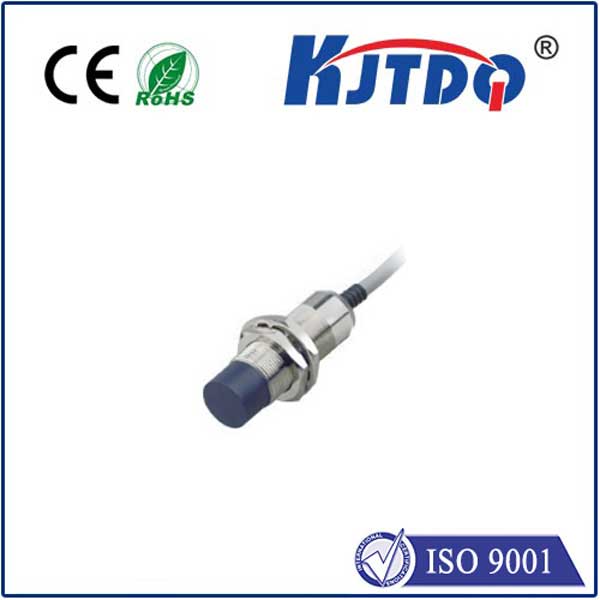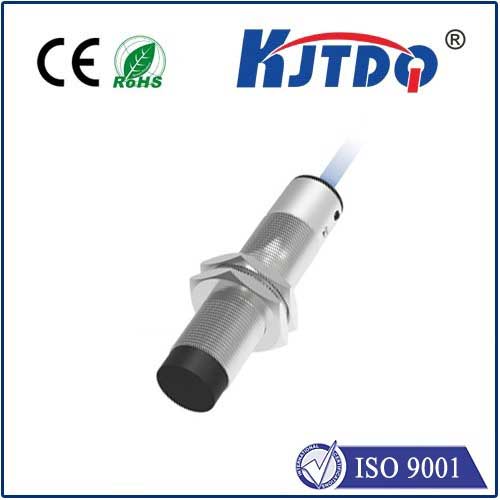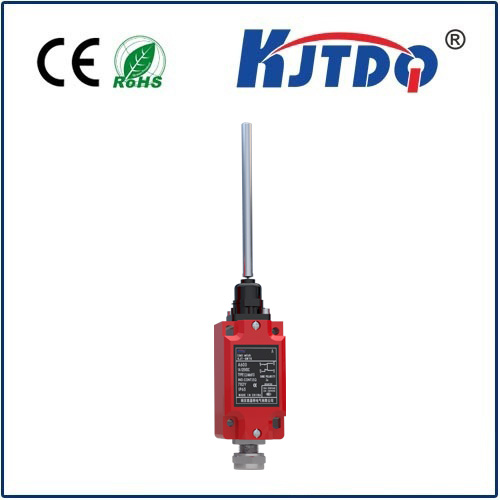

check

check

check

check
Imagine walking up to an automatic door and it slides open effortlessly—no buttons to press, no voices to utter. This seamless interaction feels almost magical, yet it’s powered by a simple, ingenious device: an IR proximity detector. Also known as infrared proximity sensors, these gadgets use infrared light waves to detect nearby objects without physical contact, transforming how we interact with technology in daily life. From smart homes to industrial robots, IR proximity detectors offer a reliable and energy-efficient solution for proximity sensing. But how do they actually work, and why are they so essential in modern applications? Let’s delve into the details.
At its core, an IR proximity detector functions by emitting and receiving infrared light to gauge the presence or absence of objects. Infrared radiation is a type of electromagnetic wave just beyond the visible spectrum, making it invisible to the naked eye but perfect for detection tasks. The device typically consists of two main components: an infrared emitter (like an IR LED) and an infrared receiver (such as a phototransistor or photodiode). When powered on, the emitter sends out pulses of infrared light in a specific frequency. If an object enters the detection range—usually between 1 cm and 50 cm, depending on the sensor—the IR waves reflect off it and hit the receiver. The receiver then converts this reflected light into an electrical signal, which the detector’s circuitry interprets to determine proximity. For instance, a strong signal indicates a close object, while no signal means the path is clear. This non-invasive approach ensures accuracy in various environments, from well-lit rooms to dimly lit areas, by minimizing interference from ambient light through modulation techniques.

The applications of IR proximity detectors are vast and diverse, making them a staple in both consumer electronics and industrial automation. In smart home systems, these sensors are embedded in devices like automatic faucets or lighting controls—they sense a user’s hand approaching and activate accordingly, conserving energy when idle. Similarly, in robotics, proximity detection helps robots navigate obstacles without collisions; a robot vacuum, for example, uses IR detectors to avoid walls and furniture while cleaning. Security is another key domain, where IR proximity sensors are integrated into alarm systems to detect intruders or trigger alerts when someone approaches restricted zones. Even in everyday scenarios, such as smartphones with screen-off features that dim when held near the ear, or touchless sanitizers during pandemics, these detectors enhance hygiene and convenience. This versatility stems from several advantages: low power consumption (ideal for battery-operated devices), cost-effectiveness compared to alternatives like ultrasonic sensors, and high reliability in detecting various materials, including plastics and metals. However, it’s worth noting that environmental factors like direct sunlight or highly reflective surfaces can sometimes affect performance, so proper calibration is crucial for optimal results.
Why choose an IR proximity detector over other sensor types? Compared to ultrasonic sensors, which use sound waves, infrared-based systems are generally faster and more precise for short-range detection, with minimal sound interference. Laser sensors offer higher accuracy for long distances but are often more expensive and power-intensive. The efficiency of IR proximity sensors shines in low-cost, high-volume applications, thanks to their compact size and ease of integration into circuits. For instance, in automotive industries, parking assist systems employ IR detectors for close-range object alerts, avoiding fender benders. A critical factor in their design is the modulation frequency, typically set between 30-40 kHz. This frequency helps distinguish the emitted signal from background IR noise, ensuring consistent detection. Yet, users must select detectors based on specific needs: adjustable range settings for variable distances, or immunity to ambient light for outdoor use. As technology evolves, IR proximity detectors are incorporating advancements like multi-sensor arrays for 3D sensing, boosting their role in emerging fields such as augmented reality and IoT devices.
In summary, IR proximity detectors represent a cornerstone of modern sensing technology, with their ability to deliver contactless, reliable object detection. By harnessing infrared principles, they offer a blend of simplicity and sophistication that powers countless innovations. As we move toward smarter, automated worlds, the humble IR proximity detector will continue to be an unsung hero in making interactions seamless and efficient.
